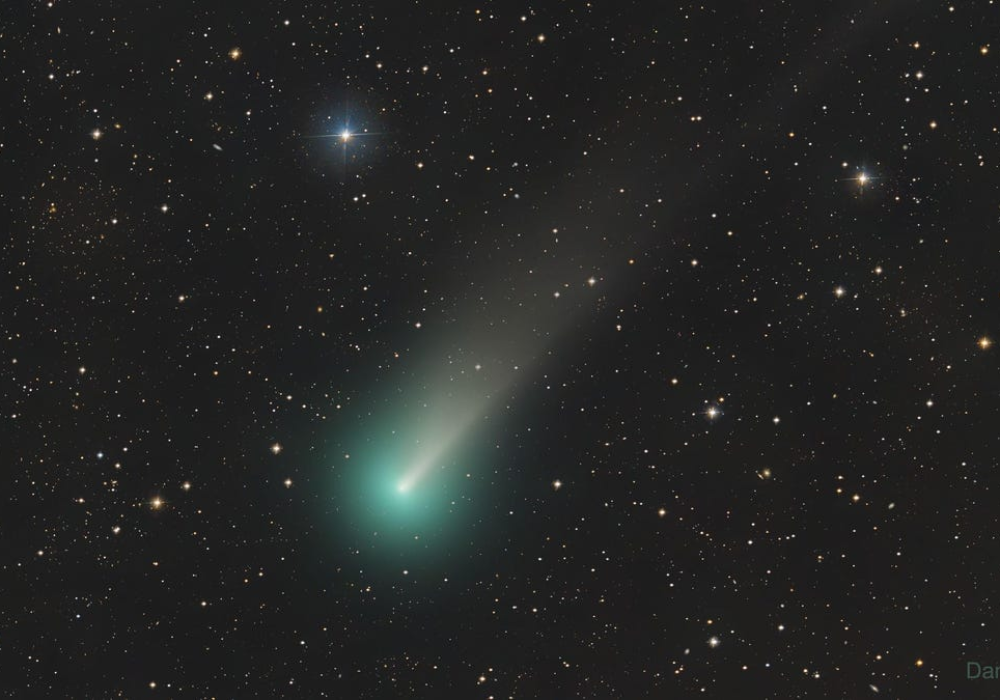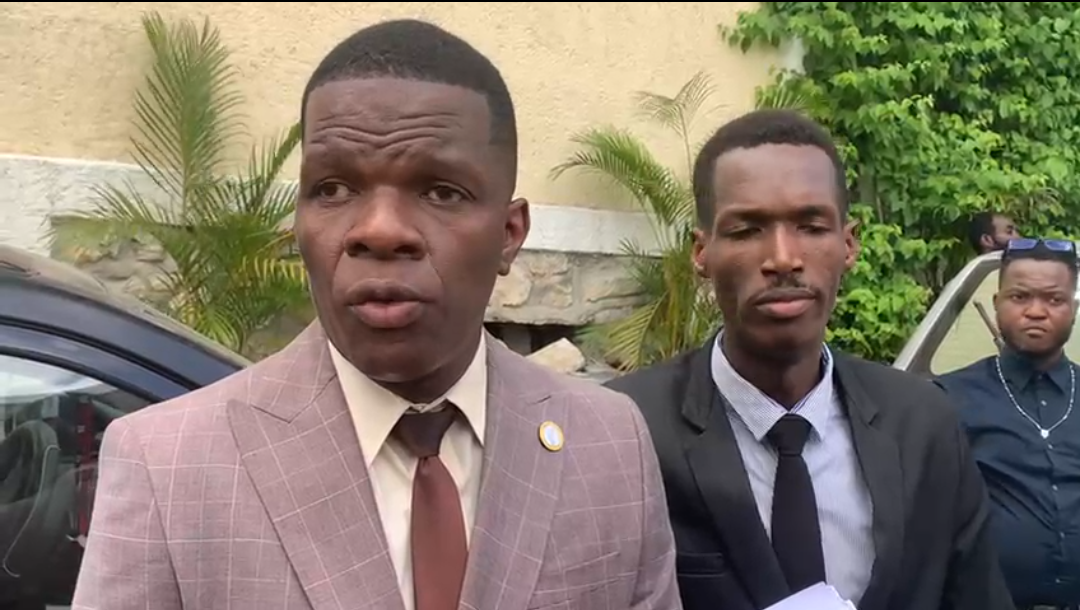
The time has arrived for skywatchers to look up and catch a glimpse of comet Leonard. Here’s how you can find this gigantic ball of ice and dust.
Senior research specialist Greg J. Leonard discovered the comet that now bears his name on January 3, from the Mount Lemmon Observatory in Arizona. Comet Leonard (or more formally, C/2021 A1) is en route to the inner solar system, and, as is customary of inbound comets, it’s increasingly shedding its surface materials into space. Leonard’s closest approach to the Sun—its perihelion—will happen on January 3, 2022, after which time it will begin its long journey to the outer solar system.
The window for viewing Leonard without super-sophisticated astronomical equipment is now open. Spotting the comet with binoculars and amateur telescopes should be relatively easy. Leonard might even be visible to the unaided eye, but cometary behavior and brightness are difficult to predict.
“Right now, Leonard sports a small but lush dust tail,” according to Sky & Telescope. “If its dust production rate climbs in the coming weeks as the comet approaches the Sun and becomes more active, two special circumstances—an orbital plane crossing and a high phase angle—may boost its brightness above predictions.”
Leonard’s closest approach to Earth will happen on December 12, at which time it will be 21 million miles (34 million km) away. At perihelion, Leonard will be 0.6151 AU from the Sun, or 57 million miles (92 million km).
The object should appear as a very faint fuzzy star. The good news is that Arcturus—the brightest star in the northern constellation of Boötes and the fourth-brightest star in the night sky—can be used as a reference point. Again, don’t assume that you’ll be able to spot Leonard with your eyes alone, as you’ll likely need some optical aid.
Skywatchers in the Northern Hemisphere should currently look for Leonard high in the predawn sky while facing east. As Space.com reports, Monday December 6 will offer an excellent opportunity to view Leonard (local weather conditions permitting):
You will immediately notice the brilliant orange-yellow star, Arcturus in the constellation of Boötes the Herdsman. Now, with binoculars, scan that part of the sky about 5 degrees to the left of Arcturus and you should see Comet Leonard. The comet’s dust tail, which started to lengthen noticeably during early November, should be pointing almost straight up.
Leonard “will just be about half the width of a clenched fist to the left” of Arcturus, Ed Krupp, an astronomer and the director of the Griffith Observatory in Los Angeles, told NPR.
Later this month, from around December 14 to 16, the comet will be visible after sunset, appearing very low along the southwest horizon. The comet will disappear from view after Christmas, but only for viewers in the Northern Hemisphere. Skywatchers in the Southern Hemisphere can catch a glimpse of Leonard starting in mid-December and into early January, as EarthSky reports.
At speeds reaching 158,084 miles per hour (254,412 km/h) relative to Earth, Leonard is considered an ultrafast comet. That said, Leonard will still appear stationary in the sky due to the distances involved, but its speed means its position in the sky will change daily. EarthSky has provided some handy charts that you can use to track the comet’s position over the coming days and weeks.
Sky & Telescope says it will take Leonard 35,000 years to reach its farthest distance from the Sun, which means a full year on Leonard lasts for around 70,000 years. All the more reason to make the effort to view this comet.
More: Close-Up View of Comet NEOWISE Shows It Survived Close Encounter With Sun.










